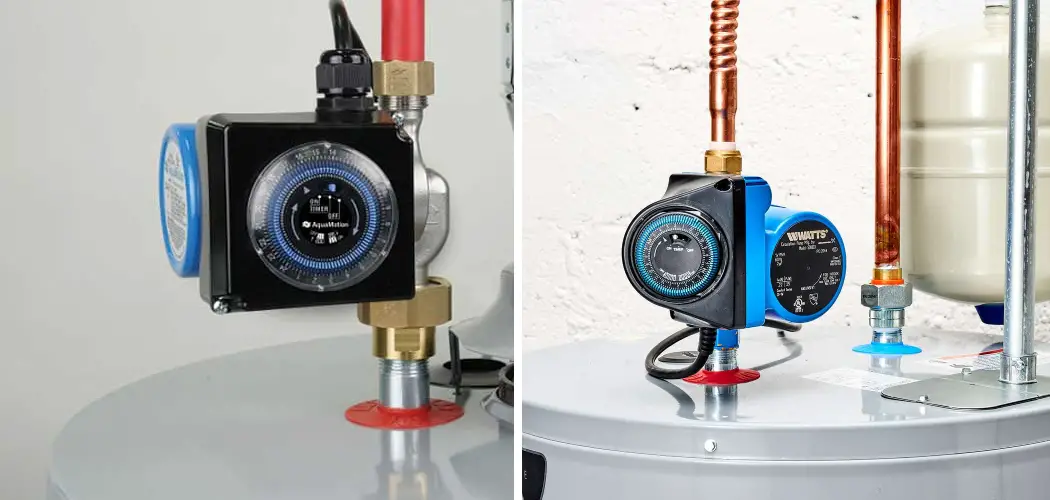Determining whether your hot water recirculating pump is functioning properly is essential for ensuring efficient hot water distribution throughout your home. The recirculating pump plays a crucial role in maintaining a constant supply of hot water to your faucets and showers, reducing wait times and conserving water.
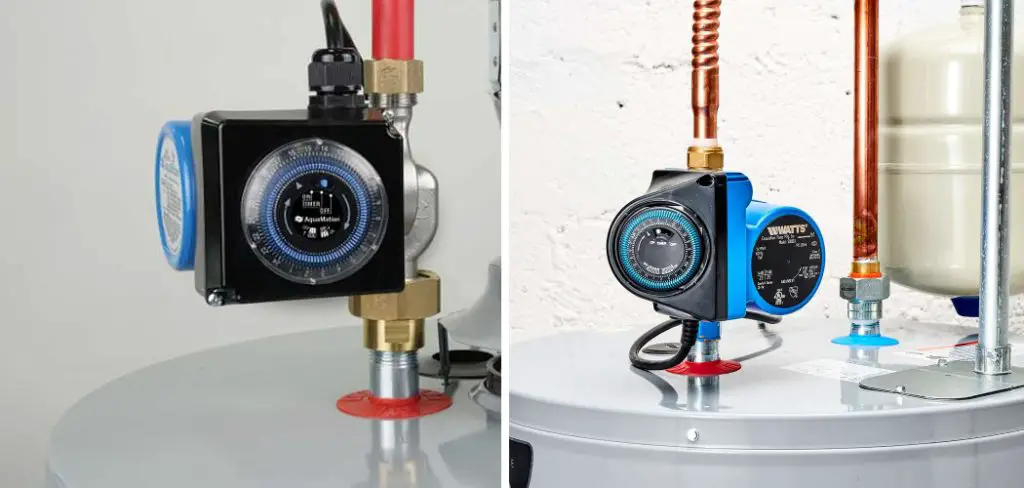
However, like any mechanical device, it may encounter issues that affect its performance. Fortunately, there are several indicators you can use to assess whether your hot water recirculating pump is working as intended.
From checking for hot water at the taps to listening for the pump’s operation and inspecting its components for signs of damage or malfunction, understanding these methods can help you troubleshoot and resolve any issues promptly.
In this article, we’ll explore various techniques and indicators for how to tell if hot water recirculating pump is working effectively, ensuring optimal performance and convenience in your home.
Importance of Efficient Hot Water Distribution
Efficient hot water distribution within a home is not just a matter of convenience, but also a significant factor in reducing water and energy consumption. When hot water takes a long time to reach faucets and showers, it often leads to unnecessary wastage of water, as individuals wait for the temperature to rise to a desirable level.
Furthermore, inefficient hot water delivery systems can contribute to increased energy bills, as more power is required to heat and transport the water over distances.
By ensuring that your hot water recirculating pump is working correctly, you can enjoy the benefits of immediate hot water access, contributing to conservation efforts and cost savings. This efficiency also plays a crucial role in promoting a more sustainable lifestyle by minimizing the environmental impact associated with excessive water and energy use.
Role of Recirculating Pumps in Maintaining Hot Water Availability
Recirculating pumps are pivotal in maintaining hot water availability in residential and commercial settings.
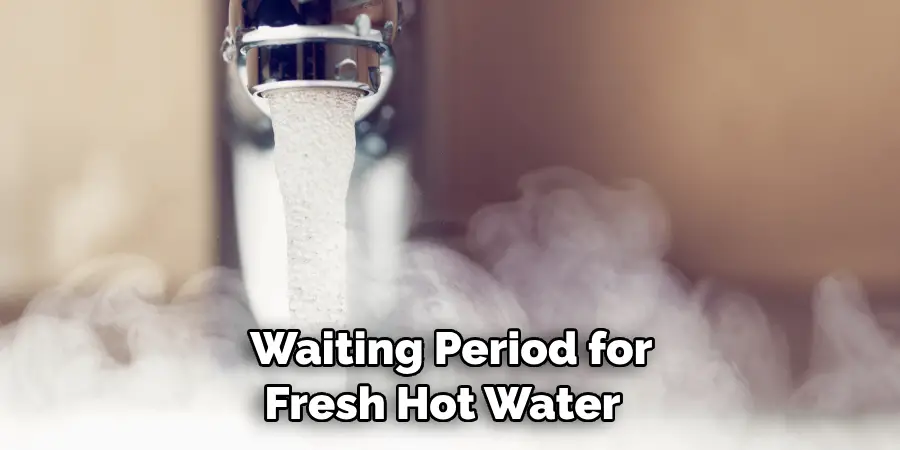
These pumps continuously move hot water through the plumbing system, ensuring that it remains readily accessible at all faucitors and showers. Without a recirculating pump, water would cool off in the pipes, necessitating a waiting period for fresh hot water to arrive from the heater, leading to both water and heat energy wastage.
By keeping the water in motion, recirculating pumps eliminate the wait for hot water, providing immediate warmth and comfort. This not only enhances convenience but also significantly reduces water and energy consumption, aligning with efficiency and sustainability goals.
Additionally, these systems can be programmed to operate during peak times or switched off when not needed, further optimizing energy usage and reducing operational costs.
Understanding Hot Water Recirculating Pump Systems
A hot water recirculating pump system is designed to provide instant access to hot water from any faucet or shower in the home, effectively eliminating the traditional wait time associated with heating and transporting water.
This system achieves its goal by continuously circulating hot water through the plumbing, ensuring that a steady supply is always available at the point of use.
The core components of a recirculating pump system include the pump itself, which is typically installed on the water heater or at the farthest point from it, a series of check valves that prevent water from flowing backward, and optionally, a dedicated return line that creates a loop from the furthest fixture back to the heater.
Some systems operate continuously, while others can be timer-based or triggered by a thermostat to activate only when needed, further enhancing energy efficiency.
Understanding the structure and function of these systems is crucial for homeowners looking to optimize their hot water delivery for speed, convenience, and efficiency.
Components of a Recirculating Pump System
A hot water recirculating pump system comprises several key components, each playing a vital role in ensuring efficient and continuous hot water flow throughout the home.
Understanding these components and their functions can aid in maintaining and troubleshooting the system effectively. Here are the primary components of a recirculating pump system:
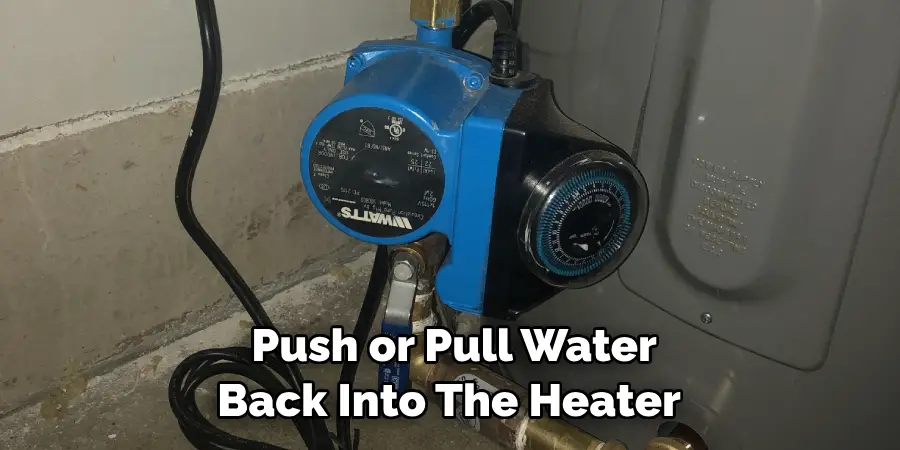
- Recirculating Pump: This is the heart of the system, responsible for propelling hot water through the plumbing network. It’s typically installed near the water heater to push or pull water back into the heater for reheating.
- Check Valves: Installed at strategic points in the system, these valves prevent the backflow of water, ensuring it moves in the intended direction. This is crucial for maintaining the efficiency of the recirculating system and preventing cold water from entering hot water lines.
- Timer and/or Thermostat: Many systems are equipped with timers or thermostats to control the operation of the pump. Timers can be set to activate the pump during peak usage times to save energy, while thermostats automatically trigger the system when the water temperature drops below a certain point, ensuring hot water availability on demand.
- Return Line: Some systems include a dedicated return line that creates a closed loop, allowing unused hot water to be circulated back to the heater. This eliminates waste and ensures that hot water is immediately available when the tap is turned on.
- Aquastat: An aquastat is a temperature-sensing device that monitors water temperature in the recirculating line. It works in conjunction with the pump to start or stop the recirculation based on preset temperature thresholds, optimizing energy usage and comfort.
Each component of the recirculating pump system works together to provide immediate access to hot water, reduce waste, and increase energy efficiency in the home. Regular maintenance and understanding of these components can help homeowners enjoy the benefits of the system while minimizing potential issues.
Signs to Indicate If the Recirculating Pump Is Working
Effectively diagnosing the operational status of a hot water recirculating pump is crucial for ensuring the system is delivering its intended benefits. Homeowners can look for several signs to determine if their recirculating pump is functioning correctly:
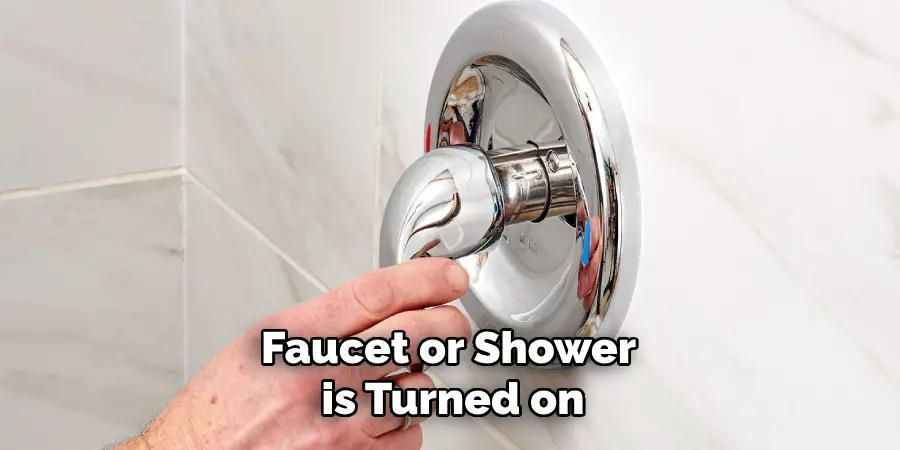
- Immediate Hot Water: One of the most obvious signs of a properly working recirculating pump is the availability of hot water as soon as the faucet or shower is turned on. If there is no wait time for the water to heat up, it indicates that the system is efficiently circulating hot water throughout the home.
- System Noise: A functioning recirculating pump often produces a low humming noise during operation. This sound is a good indicator that the pump is active. Silence from the pump area, especially during its scheduled operation times, might suggest it is not working.
- Warm Pipes: Checking the temperature of the pipes near the pump can also indicate its status. If the pipes are warm to the touch, it suggests that hot water is being circulated effectively.
- Energy and Water Usage: Observing a decrease in water and energy consumption on your utility bills can also hint at a well-functioning recirculating pump, as it implies less wastage of water and energy in heating.
If these signs are not evident, or if you notice an increase in water heating time or utility bills, it might be time to inspect the recirculating pump and its components for potential issues or to consult a professional for a more in-depth evaluation and possible maintenance or repair.
Consistent Hot Water Availability
The primary advantage of having a hot water recirculating pump system installed in one’s home is the guarantee of consistent hot water availability. This system ensures that hot water is not only immediate but also continuous, catering to the needs of large families or those with high hot water demands.
Unlike traditional water heating systems that require a significant amount of time to deliver hot water after it has cooled in the pipes, recirculating pump systems maintain an uninterrupted flow of hot water, eliminating wait times and potential discomfort associated with cold water bursts.

This not only enhances the convenience and comfort of daily routines, such as showering or washing dishes, but also contributes to water conservation by reducing the wastage of unused water simply running down the drain while waiting for hot water.
By addressing the common issue of varying water temperatures during use, recirculating pump systems provide an efficient solution for sustaining hot water availability, reflecting a blend of luxury, conservation, and practicality in modern homes.
Reduced Wait Time for Hot Water
The elimination of wait time for hot water is a significant benefit of installing a hot water recirculating pump system in a home.
Traditionally, accessing hot water involves a waiting period as the water heats up and travels from the heater to the tap, a process that can take several minutes depending on the layout and size of the home. This not only wastes water but also time, as the cold water needs to be run off before hot water arrives.
With a recirculating pump system, this inconvenience is substantially reduced. By maintaining a constant flow of hot water through the home’s plumbing, these systems ensure that hot water is readily available from the moment the tap is opened, with virtually no delay.
This heightened efficiency not only streamlines household tasks such as bathing, cleaning, and cooking but also promotes water conservation by significantly reducing the amount of water typically wasted waiting for it to warm up. Consequently, homeowners enjoy the dual benefits of enhanced convenience and increased environmental friendliness.
Monitoring Pump Operation Sounds

Listening to the sounds produced by the hot water recirculating pump can provide insightful information regarding its operational health and efficiency. Typically, a well-functioning recirculating pump emits a gentle humming noise, indicative of its active circulation of hot water within the system.
This sound is normal and should not be a cause for concern. However, any deviations from this expected sound pattern, such as loud bangs, rattling noises, or complete silence when the pump should be operating, may signal potential issues.
Unusual noises could point to a variety of problems including, but not limited to, mechanical failures, obstructions within the pipes, or issues with the pump’s motor or impeller.
Homeowners are encouraged to familiarize themselves with the normal operating sounds of their pump to better detect any irregularities early on. Immediate attention to changes in sound can prevent minor issues from escalating into major system failures.
If atypical noises are observed, it’s advisable to conduct a preliminary inspection for obvious obstructions or damages and consult a professional technician for a thorough examination and necessary repairs to ensure the system continues to operate efficiently and safely.
10 Methods How to Tell if Hot Water Recirculating Pump Is Working
01.Check for Hot Water at the Taps:
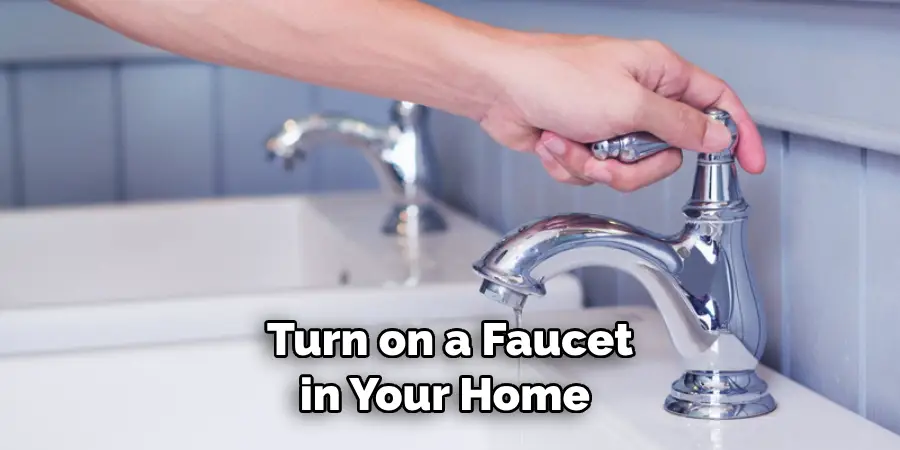
The most straightforward method to determine if your recirculating pump is working is by checking for hot water at the taps. Turn on a faucet in your home and wait to see if hot water is delivered promptly. If you experience a delay or if the water remains lukewarm, there may be an issue with the recirculating pump.
02.Listen for Pump Operation:
Recirculating pumps typically emit a low humming or whirring noise when they’re operating. Listen for these sounds near the location of the pump, which is usually installed near the water heater. If you hear the pump running when hot water is being used, it’s a good indication that it’s functioning correctly.
03.Inspect the Pump Timer:
Many recirculating pumps are equipped with timers that control when the pump operates. Check the timer settings to ensure that the pump is programmed to run during times when hot water is typically needed, such as in the morning or evening. Adjust the timer if necessary to see if it affects the pump’s operation.
04.Feel for Vibration:
When a recirculating pump is running, it may produce slight vibrations. Place your hand on or near the pump housing while it’s operating to feel for any vibrations. Excessive vibration could indicate a problem with the pump, such as worn bearings or misalignment. This could lead to premature failure of the pump if not addressed.
05.Check the Pump’s Power Supply:
Ensure that the recirculating pump is receiving power by checking its power supply. Verify that the pump is plugged into a working electrical outlet and that the circuit breaker or fuse controlling the pump’s circuit hasn’t tripped or blown. If there’s no power reaching the pump, it won’t be able to operate.
To troubleshoot any power supply issues, you can try plugging the pump into a different outlet or resetting the circuit breaker. If these steps do not resolve the issue, it is likely that there is a problem with the pump itself and it may need to be replaced.
06.Inspect the Pump for Leaks:
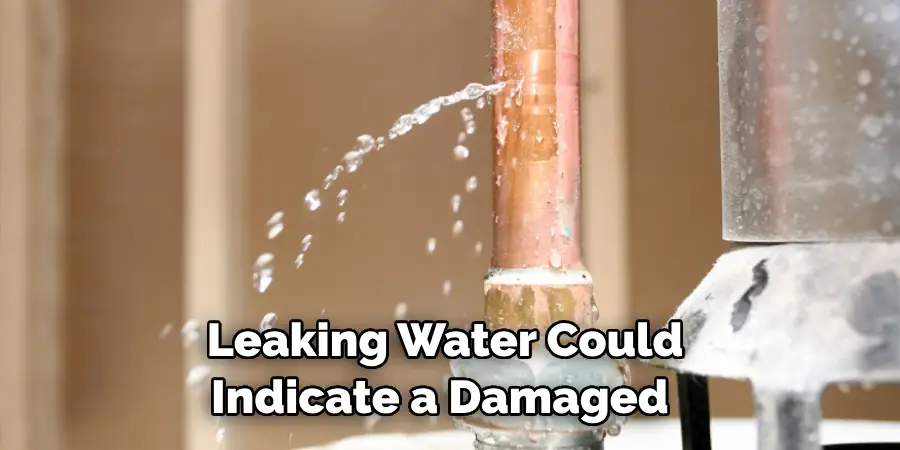
Perform a visual inspection of the recirculating pump and its surrounding area for any signs of leaks. Leaking water could indicate a damaged pump or faulty connections. Address any leaks promptly to prevent water damage and ensure the pump’s continued operation.
Additionally, check the pump’s pressure gauge to ensure it is within the recommended range. Any abnormalities could indicate a problem with the pump and should be addressed immediately.
07.Feel the Temperature of the Return Line:
Recirculating pumps typically have a return line that carries cooled water back to the water heater to be reheated. Feel the temperature of this return line while the pump is operating.
If the return water feels significantly cooler than the hot water leaving the heater, it could indicate poor circulation or a malfunctioning pump. This can lead to inefficient heating and higher energy bills.
08.Check for Air Bubbles in the System:
Air bubbles in the recirculating system can disrupt the pump’s operation and hinder hot water circulation. Bleed any air from the system by opening the bleed valves on the hot water lines or by manually purging air from the pump.
Once the air is removed, observe if the pump operates more efficiently. If the issue persists, it may be due to a faulty pump or other underlying issues.
09.Inspect the Pump’s Impeller:
The impeller is a critical component of the recirculating pump responsible for moving water through the system. Remove the pump’s cover and visually inspect the impeller for any signs of damage or obstruction. Clean the impeller if it’s dirty or clogged, and replace it if it’s damaged.
If the impeller is damaged, this could affect the pump’s performance and lead to issues with water flow. Regularly inspecting and maintaining the impeller will ensure proper functioning of the pump and prevent potential problems.
10.Monitor Water Pressure:
Monitor the water pressure at various faucets and fixtures throughout your home while the recirculating pump is running. Inadequate water pressure or fluctuations in pressure could indicate a problem with the pump or the recirculating system. Address any pressure issues promptly to ensure consistent hot water delivery.
Conclusion
In conclusion, being able to determine if your hot water recirculating pump is working is essential for ensuring consistent and efficient hot water distribution throughout your home.
By paying attention to signs such as consistent hot water availability and reduced wait times, homeowners can gauge the functionality of their recirculating pump. Additionally, conducting regular visual inspections, checking timer or sensor settings, and troubleshooting common issues can help verify the pump’s operation.
Remember, proactive maintenance, including flushing the system and lubricating moving parts, is key to maintaining optimal performance.
Addressing any issues promptly ensures uninterrupted hot water availability and prevents potential problems from escalating. Thanks for reading, and we hope this has given you some inspiration on how to tell if hot water recirculating pump is working!

